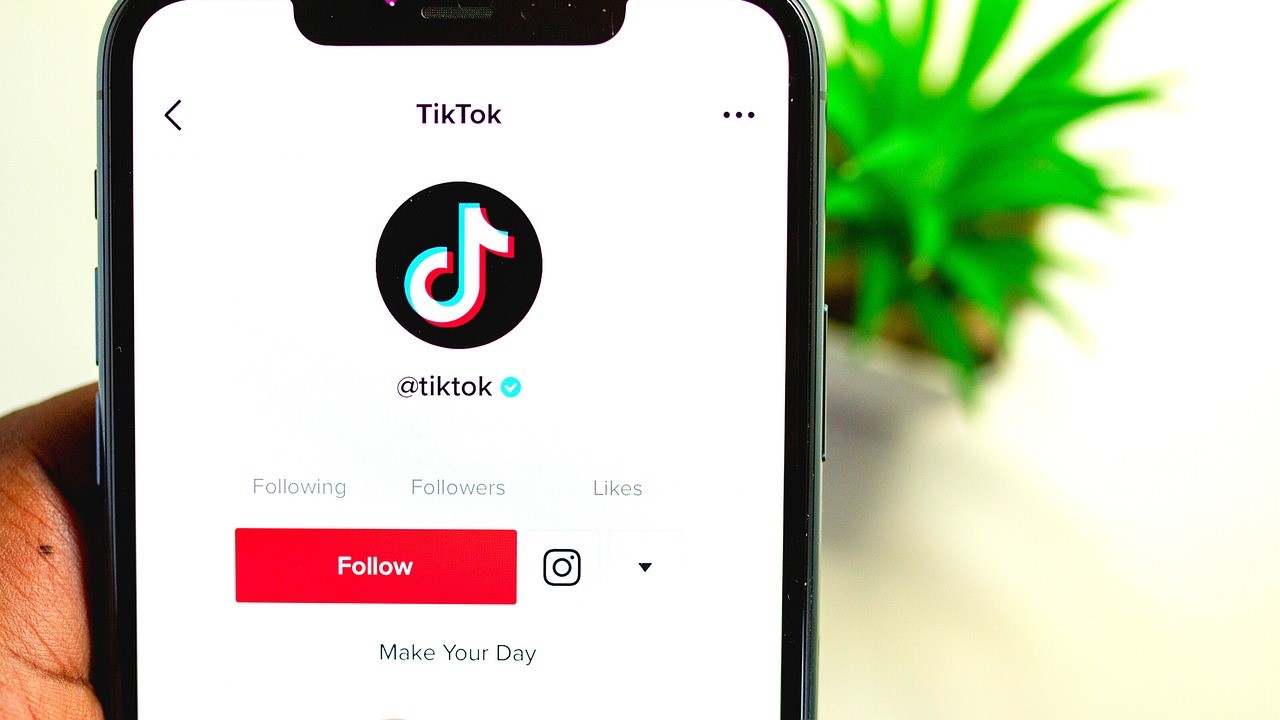This article was first published in Hungarian on the website of our sister publication Magyar Krónika.
The latest research of the Hungarian Media Authority (NMHH) has revealed that the more time young people spend on TikTok, the less capable they are of recognizing fake news. The study, which explored the susceptibility of the 13–25 age group to TikTok content, also highlighted that frequent use of TikTok has a negative impact on critical thinking and the ability to assess the accuracy of information.
According to the research published by the NMHH, YouTube was identified as the most essential social platform among the young people surveyed, with fewer respondents considering TikTok indispensable. However, TikTok was the platform that took up the most time in the respondents’ daily lives, with many spending more than two hours per day on it. The study also found that twice as many women use TikTok as men, and among women, more spend over two hours a day on the platform.
One of the central themes of the study was the recognition of fake news. The majority of participants, based on self-reporting, stated that they verify claims made in TikTok videos by reading the full story and checking other sources. During the study, participants were asked to analyse videos from the platform to determine whether they were genuine or manipulated. The results did not provide a clear answer as to whether political or scientific fake news was more easily recognized by young people, suggesting that other factors, such as the poster’s profile and credibility, also play a role in video judgement.
Another important finding of the study is that the ability of young people to recognize fake news is closely linked to their parents’ level of education. Respondents whose guardians had higher educational attainment were better at identifying fake news and more effective at verifying information.
The study also examined the impact of TikTok content encouraging purchases. More than two-thirds of the young people surveyed reported that they had not bought a product as a result of these posts. This could be due to the fact that the majority of respondents likely do not have their own discretionary income.
Despite TikTok’s popularity, its perception is divided among young people. While many appreciate the ease of browsing short, quickly consumable videos, a significant number of users expressed concerns about the platform’s potential for addiction, attention disorders, and time loss.
The study’s findings underscore the importance of improving media literacy and critical thinking among the youth. Young people need to be familiarized with the workings of social media in a timely manner and equipped with the necessary digital skills to effectively filter out false content. The public education system plays an important role in this, supported by the NMHH through regular workshops and training sessions.
Related articles:








